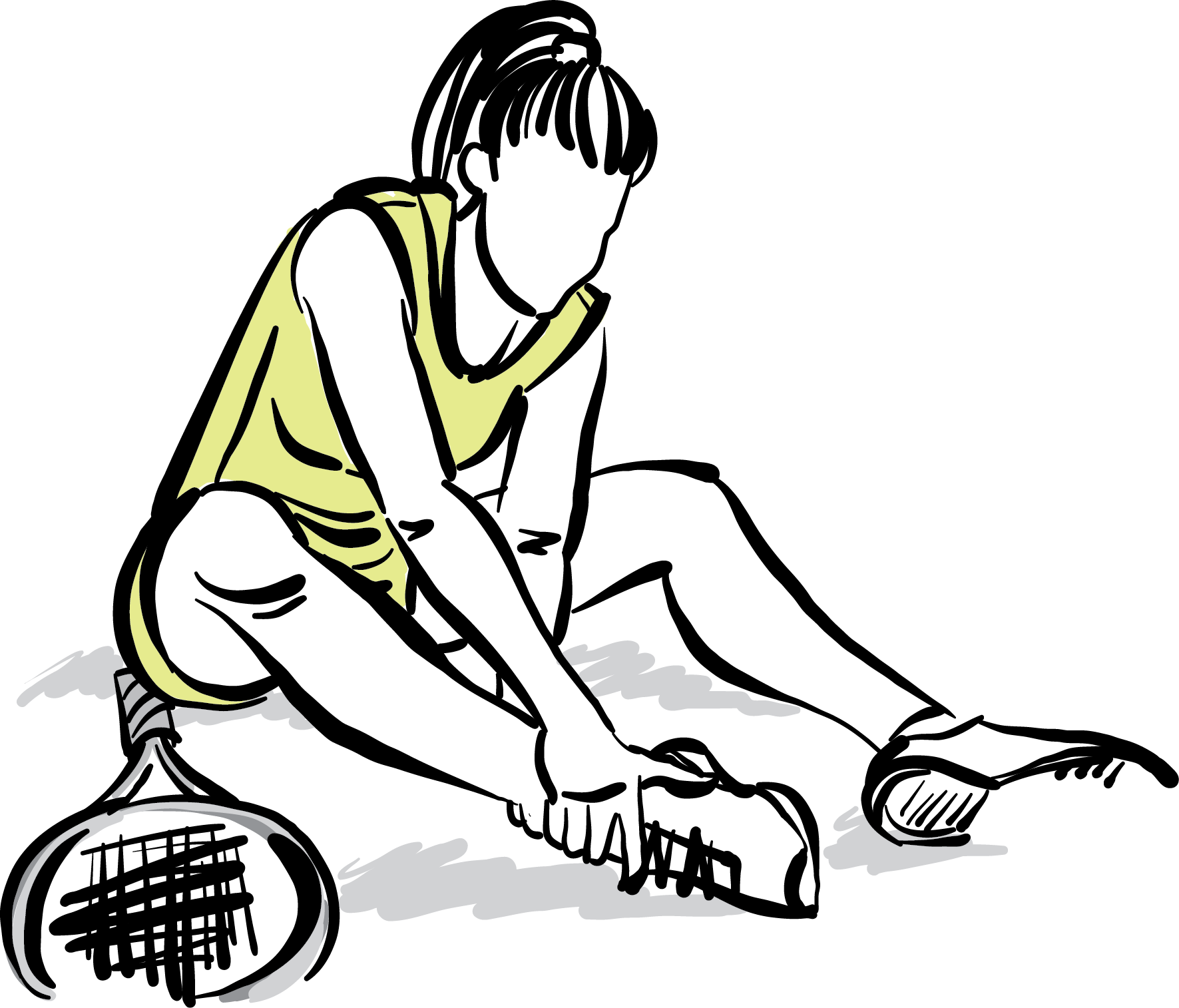ANKLE SPRAIN/INJURIES
Dr. Amy M. O’Donnell offers evidence-based treatment for ankle pain, sprains & injuries
Treat and prevent ankle sprains, chronic ankle pain, and sports injuries
Whether related to sports or just walking down a flight of stairs or hill, the all so common turning your ankle or “inversion” injury can occur to people of all ages. Although you may be pain free and seemingly doing fine once you recover from this injury, it can rear its ugly head again soon afterward. The reason for this is that the outside of your ankle contains the highest number of “position sense cells” that do just that - tell your brain where your ankle is so that you don’t sprain it.
However, as we age we lose these so-called balance cells, putting you more at risk for spraining your ankle. Also, if you have “flat” or pronated feet you are more likely to suffer this injury. Additionally, certain sports will increase your chances of a sprained ankle, such as basketball, soccer, running, tennis and football.
To avoid recurrence, the proper treatment must be administered, and follow-up balance exercises are paramount to a full recovery as well as preventing future injuries. Immediately after the sprain, ice should be applied, the ankle supported with an ace bandage or splint, and X-rays taken to determine the extent of the injury.
Studies show that scar tissue begins to form within hours of an ankle sprain. For this reason, the Graston Technique® is the most effective therapy to help accelerate the healing process and break down scar tissue which increases the risk of re-occurrence. MLS laser therapy has also been shown to help with inflammation and pain with this injury. Ultrasound and electrical muscle stimulation are adjunctive therapies to help with controlling inflammation and pain in the early stages of an ankle sprain.
Ankle manipulation helps the ankle to regain its normal range of motion, thereby lowering future risk. Also, Kinesio tape may be applied to help stabilize the joint while it’s healing.
Also, orthotics may be needed to correct pronation and allow for normal foot function while walking or standing. Functional Movement Screen is effective in determining whether the ankle is at risk due to other underlying causes which if addressed properly will help greatly reduce the risk.
Rehabilitative exercise should start as soon as the pain subsides and must include balance exercises which will help to prevent future injury.

